Meaningful references in the series At the End of the Night.
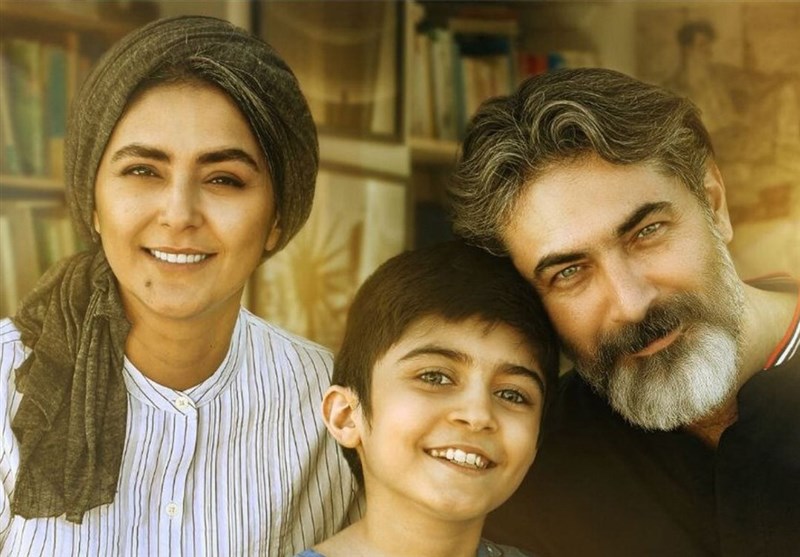
At the End of the Night is a new series on the home streaming network, with three episodes released so far. The series skillfully incorporates the meanings, concepts, and philosophies from two novels, The Book of Laughter and Forgetting by Milan Kundera and The Gulag Archipelago by Aleksandr Solzhenitsyn, within its first three episodes.
The series, which started airing less than a month ago, has already managed to attract a significant portion of its audience, largely due to the performances of Parisa Pirouzfar, a beloved actor in the show. Directed by Aida Panahandeh, it marks her first venture into the home streaming network after creating three feature films. The story revolves around a married couple from the middle class—two arts graduates who, after ten years of marriage, find themselves drifting toward separation due to a problem outside the home, despite having a child. The series further explores the factors that have led them toward this point of disillusionment.
At the End of the Night is relatively unique in examining the challenges faced by married couples in the home streaming space, potentially offering a fresh perspective on this type of storytelling. Despite the presence of a female director known for her works like Nahid, Israfel, and Titi, which might lead one to expect a feminist or biased narrative, the third episode alleviates these concerns to some extent, at least for the upcoming episodes.
The series portrays a couple whose romantic relationship, despite a passionate beginning, becomes overgrown with neglected weeds in their lives—these weeds metaphorically represent unresolved issues and problems. As the story unfolds, the narrative delves into the past, examining the roots of their relationship breakdown.
In At the End of the Night, loneliness is a pervasive theme. From the very first scenes, it’s clear that the characters are trapped in their own isolation. Behnam’s mother, living in a nursing home, has succumbed to forgetfulness, and Behnam and Mahi (the couple) are both caught in their own solitary worlds. Even Mahi’s father and their child, Dara, who exhibits signs of hyperactivity, are trapped in their own solitude. Even the neighbor, a woman, finds herself drawn toward Behnam, seeking solace from her own isolation.
The show examines the dichotomy of this couple, who claim they didn’t want to be like 90% of society, yet their behavior, decisions, and interactions resemble the very society they wished to avoid. After their divorce, Mahi, in an effort to regain her sense of feminine identity, starts focusing on her appearance—styling her hair, applying makeup, and wearing different clothes—much like the stereotypical woman from the societal class she supposedly doesn’t belong to.
Beneath its surface, At the End of the Night also explores deeper themes. Panahandeh has carefully embedded symbolic references in the first episode, drawing on elements from two major novels: Milan Kundera’s The Book of Laughter and Forgetting and Aleksandr Solzhenitsyn’s The Gulag Archipelago. By subtly referencing these works, the series presents a unique form of adaptation, blending the themes and philosophies of these novels into the modern-day struggles of its characters.
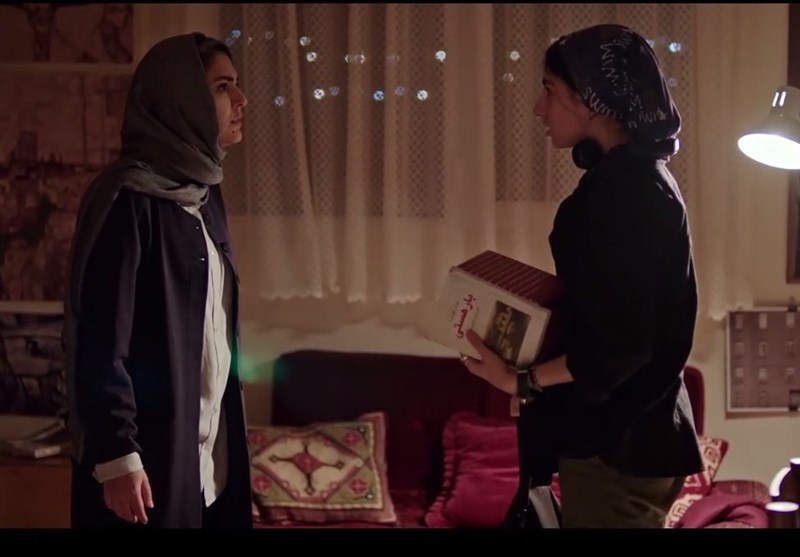
The series references the novel The Unbearable Lightness of Being in its first episode, where a girl who comes to their house for a birthday takes the book from the library and begins reading it. This reference early on in the series indicates that we are about to confront the issue of human existence. Milan Kundera in The Unbearable Lightness of Being explores humanity and the challenges it faces, particularly how humans are confronted with issues in everyday situations, such as the gaps that emerge before them. The book describes the life of artists and intellectuals in Czechoslovakia after the Prague Spring, following the Soviet Union’s invasion of Czechoslovakia.
In his work, Panahandeh effectively portrays a world inspired by Kundera’s philosophy in writing The Unbearable Lightness of Being, a world that outlines the life of a couple who claim they are not like 90% of society (they could be part of the intellectual class). The female character in the series, like Teresa—the main female character in The Unbearable Lightness of Being—is anxious and seeks to solve existential issues. While she fights against the existing reality, she also contemplates the possible reality.
The main focus of the book is on life as a straight and light line—life only happens once and cannot be repeated. A similar perspective can be seen in Behnam’s view of life and the dialogues exchanged during his argument with Mahi in the second episode.
However, the series also references another book. The title of the third episode is The Gulag Archipelago, and when “Safa,” Behnam’s friend, enters the story, we are introduced to a painting on the wall of their house titled The Gulag Archipelago, a three-volume book written by Aleksandr Solzhenitsyn.
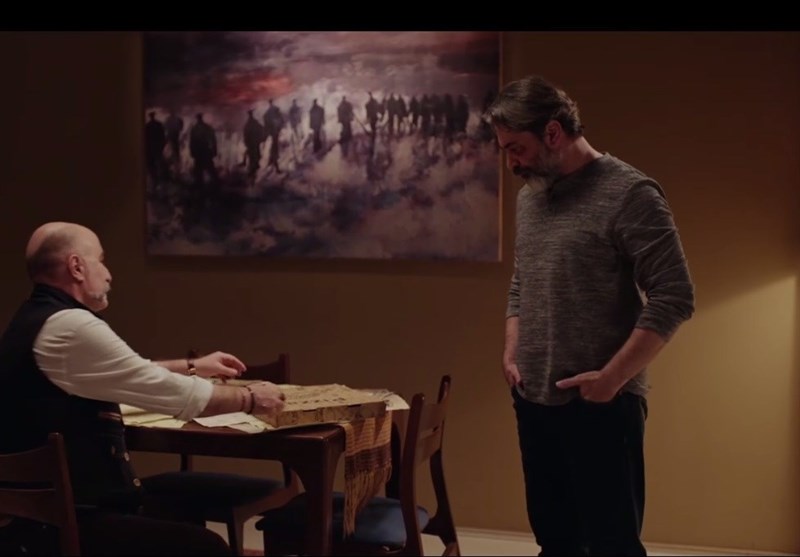
The term “Gulag” in Russian is an abbreviation for the Main Directorate of Camps, the institution overseeing forced labor camps across the Soviet Union. Aleksandr Solzhenitsyn was one of the prisoners sent to these camps and survived. In 1958, he began thinking about writing a book to document the history of the Gulag and the experiences of those who endured it. According to Russian historian Roy Medvedev, The Gulag Archipelago is a book about humanity’s darkest days and the worst misfortunes that humans could bring upon each other.
So, what is the connection between this book and Aida Panahandeh’s new series? The Gulag Archipelago explores how the conditions in society influence the smallest details of people’s lives. The first volume of the book is dedicated to the topic of detention. In the opening paragraphs, we read: “How should one reach this sealed-off archipelago? There are flights, ships, and trains every hour, but not a single sign or mark indicating the destination. However, if you ask for a ticket, the ticket agents or travel offices are left speechless. They know nothing about the whole archipelago or any of its countless islands, nor have they ever heard of them.”
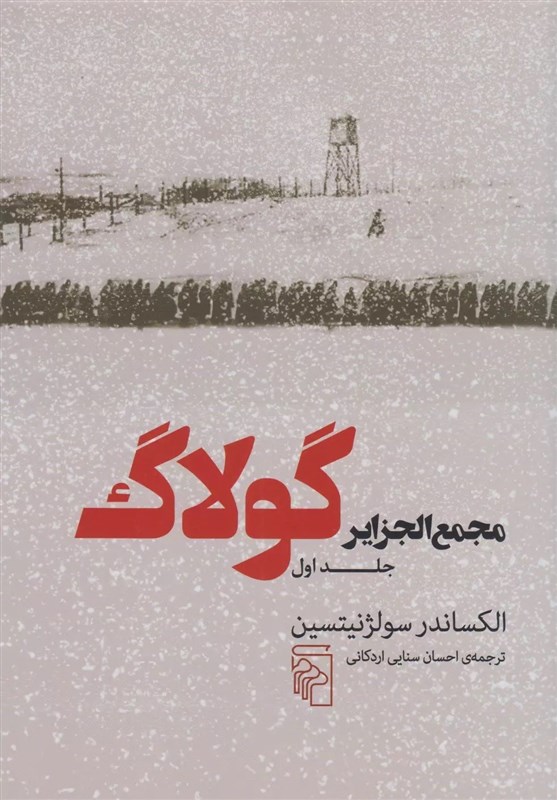
Those who go to the archipelago to manage affairs arrive there through the Ministry of Internal Affairs’ training divisions. Those who are sent to guard the camps are summoned through the military service centers…
Arrest! What need is there to describe it? It is a rupture in your life, a lightning strike that falls directly on your head. It is a vague tremor in the soul and mind that not everyone can bear, and for this reason, it often drives the person to madness.
These opening lines remind us of a scene in the series, specifically the first episode where Behnam gets on the wrong bus, which leads to his arrest.
The second volume of this three-part book refers to life within the Gulags, which were established in a dictatorial society. A small manifestation of this society appears in Behnam and Mahi’s home, where Mahi is trying to show that Behnam has been a dictator and self-centered in their life, even deciding what is best for her. The third volume of the book discusses life after leaving the Gulag: what happens to people after they leave, how they change, and so on—events that also reflect what happens to Behnam and Mahi after their divorce.
Returning to the first lines of this report, the loneliness of the people depicted in the series—the loneliness of Behnam, Mahi, Behnam’s mother, Mahi’s father, and others—are all part of the story. The series aims to show how deeply society can contribute to the creation of these lonelies.
It seems that the series, in the first three episodes, aimed to tell the story of human suffering, illustrating what happens to humans under the biological system they are trapped in. How the authenticity of life and humanity is lost, and how people become prisoners of lives defined by society, suffering in those lives.
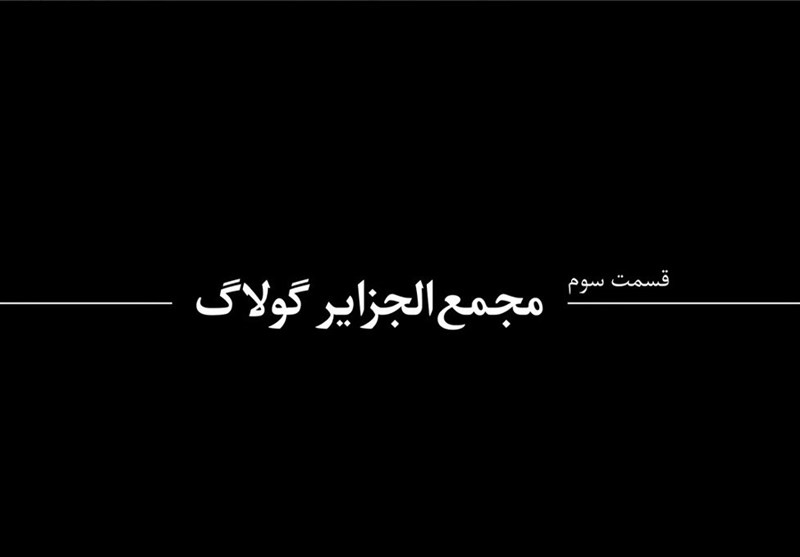
The adaptation that Aida Panahandeh and Araslan Amiri used to write the screenplay for the series At the End of the Night is, apart from the content and theme, an effective, modern, and new approach. Instead of adhering strictly to the text, the focus is on staying true to the concepts and philosophy underlying not just one text but several texts. This approach allows the screenwriter the freedom to explore, introduces the audience to several fresh and engaging works, and demonstrates the writer’s power and mastery, creating increasing appeal.
Previously, the shadow of adaptation had been seen in the home entertainment network with series like Zakhm Kargi and Yaghi, which were adapted from the novels Twenty Wounds of Work and Salto. However, the type of adaptation in At the End of the Night is different. It remains to be seen whether the writer will introduce another new book in the upcoming episodes.







